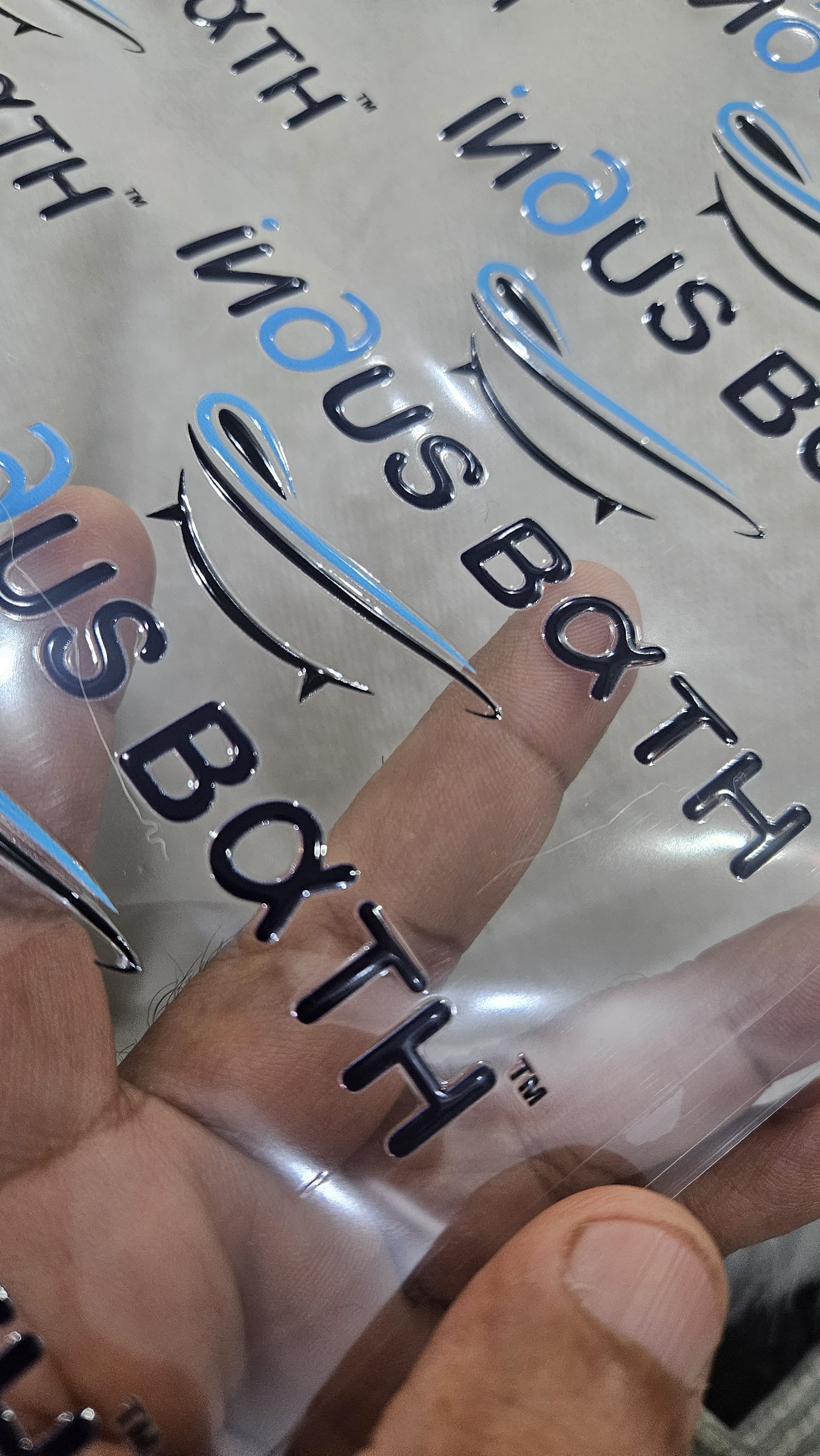Laser printing is a widely used technology for producing high-quality text and images on paper. It operates based on the principles of laser technology and electrostatic charges, providing a fast and efficient way to produce clear, sharp prints. Here’s an in-depth look at how laser printing works, its advantages, and its applications.
How Laser Printing Works
1. The Basics of Laser Printing
Laser printers use a laser beam to create a static electricity image of the document on a rotating drum or belt. This image is then transferred to paper through a series of precise steps. The process is as follows:
- Charging the Drum: A high-voltage wire or roller, called the corona wire, charges the drum or belt with a uniform negative charge.
- Laser Scanning: A laser beam, controlled by a series of mirrors and lenses, scans across the drum or belt. The laser alters the charge in specific areas to create an electrostatic image corresponding to the document being printed.
- Applying Toner: Toner, which is a fine powder made of plastic and pigment, is attracted to the charged areas of the drum or belt. This toner sticks to the areas where the laser has altered the charge.
- Transferring the Image: The drum or belt then rolls over the paper, transferring the toner to the paper in the pattern of the image.
- Fusing the Toner: The paper passes through a fuser, which uses heat and pressure to melt the toner particles, embedding them into the fibers of the paper. This ensures the print is durable and smudge-resistant.
2. Components of a Laser Printer
- Laser Assembly: Generates and directs the laser beam.
- Drum or Imaging Drum: A cylindrical component that holds the electrostatic image of the document.
- Toner Cartridges: Contain the toner powder, which is used to create the image.
- Fuser Unit: Applies heat and pressure to fix the toner onto the paper.
- Paper Feed Mechanism: Controls the movement of paper through the printer.
Advantages of Laser Printing
1. High-Quality Prints
Laser printers are known for their ability to produce sharp and clear text and images. The precision of the laser and the toner’s fine particles ensure that even small text and detailed graphics are rendered crisply.
2. Fast Printing Speeds
Laser printers are generally faster than inkjet printers, especially for text-heavy documents. They can print multiple pages per minute, making them ideal for office environments where efficiency is crucial.
3. Cost-Effective for Large Volumes
While the initial cost of a laser printer may be higher than that of an inkjet printer, they are more cost-effective in the long run for high-volume printing. Toner cartridges have a higher yield compared to ink cartridges, reducing the cost per page.
4. Low Running Costs
Laser printers typically have lower operating costs compared to inkjet printers because toner is more economical than ink. Additionally, laser printers tend to have fewer maintenance issues and longer-lasting components.
5. Smudge-Resistant Prints
The toner used in laser printers is fused onto the paper, making prints resistant to smudging and water damage. This is particularly advantageous for professional documents that need to maintain a clean appearance.
Applications of Laser Printing
1. Office Documents
Laser printers are commonly used in offices for printing reports, memos, presentations, and other business documents. Their high print quality and speed make them well-suited for these tasks.
2. Professional Graphics and Marketing Materials
Laser printers can produce high-resolution graphics, making them suitable for printing brochures, flyers, and marketing materials. This capability is beneficial for businesses needing to produce professional-looking promotional content in-house.
3. Labels and Forms
Laser printers are also used for printing labels, forms, and invoices. They can handle various paper types and sizes, including specialized forms and label sheets.
4. Educational and Research Materials
Educational institutions and research organizations use laser printers to produce textbooks, research papers, and educational materials. The quality and speed of laser printers support the production of large volumes of content.
Limitations of Laser Printing
1. Initial Cost
Laser printers, especially high-quality models, can be expensive. However, this cost is often offset by lower running costs over time.
2. Limited Color Capabilities
While color laser printers are available, they are generally less common and more expensive than monochrome models. Additionally, color laser printing may not achieve the same vibrancy and accuracy as high-end inkjet printers.
3. Bulkiness and Noise
Laser printers can be bulky and noisy, which may be a consideration in small office spaces or home environments.
4. Paper Compatibility
Laser printers may not handle some types of paper as well as inkjet printers, such as glossy photo paper or certain specialty media.
Conclusion
Laser printing is a powerful and efficient technology for producing high-quality prints, especially in environments where speed, cost-efficiency, and durability are essential. Its ability to deliver sharp text and images makes it a popular choice for a wide range of applications, from office documents to professional marketing materials. While there are some limitations, such as the initial cost and color capabilities, the overall benefits of laser printing make it a valuable tool in both personal and professional settings.
